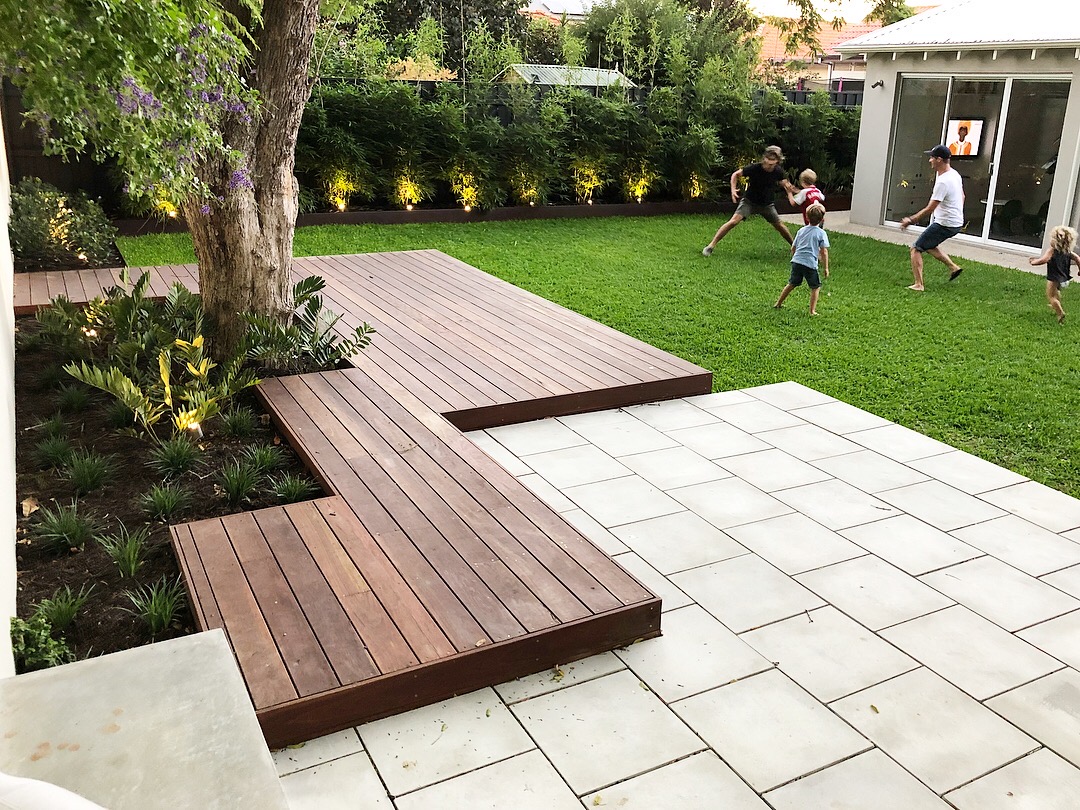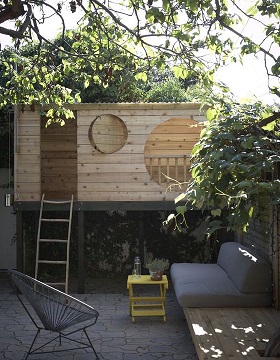
**Blog post contributed by Midland Brick, see original article here.
Durable, versatile and cost effective, pavers are suitable for use across a variety of design styles and can deliver eye-catching effects. Whether you’re aiming for chic, understated minimalism, rugged rustic charm or anything in between, chances are we have the pavers that can make your outdoor design ideas come to life.
Getting the styling and design right isn’t the only thing you need to do. While pavers are generally low-maintenance, they still require a little care to ensure they continue to look their best for years to come.
Putting time and effort into maintaining your pavers is well and truly worth it. Not only will you have the pleasure of enjoying them on a daily basis, it can also be highly beneficial should you wish to sell your property down the line. Paver maintenance is a worthwhile investment!
Make Sure They’re Laid Properly
The first step in effective paver maintenance is ensuring that they’re laid correctly to begin with. Even if they initially look fantastic, incorrectly laid pavers can shift, sink and even crack over time, so getting it right the first time around is vitally important.
An important consideration when laying pavers is what kind of jointing (or polymeric) sand you will use. Jointing sand is used to lock the joints (or gaps) between pavers. At Midland Brick, we recommend using a product called Pave-Lok®. It is a lightly bonded jointing sand specially formulated to allow rapid filling of the joints between pavers, and it helps prevent both weed growth and wind-blown joint erosion. You can purchase yours in-store from Midland Brick.
Regardless of whether you’re doing the job yourself or paying to have it done by a professional, it’s always good to have an idea of the correct technique. You can find our comprehensive guide to laying pavers here (at the end of our Paving Range brochure).
Seal When Appropriate
As with so many things in life, putting in a bit of extra effort up front can save you lots of work down the line. While our clay pavers don’t need any additional treatment once they’re down, we highly recommend sealing our masonry pavers as soon as they’re laid and are completely dry.
This will help ensure optimal appearance over the long term and help to reduce future maintenance needs. In addition to minimising the impact of everyday wear and tear, the sealer will also help to slow down the absorption of any spills. You’ll still need to clean them up as quickly as possible to ensure that they don’t permanently stain your pavers, but having them sealed will give you the best possible chance of maintaining a pristine look. Be sure to pop in to a branch or call 13 15 40 to find out more about our range of sealers.
It’s also really important that your paving areas are laid in a way that facilitates good drainage. Pooling water can damage your pavers, wash away jointing sand and promote the growth of unsightly mould and algae.
Cleaning
Frequent sweeping and occasional washing (with a domestic, low-pressure cleaner) reduces the effect of dirt and grime on your pavers.
However, washing your pavers is not recommended until they’ve settled and the jointing sand has set between the paving joints. During this settling in period it’s best only to sweep your pavers with a stiff outdoor broom or use a garden blower to keep them clean. If you opt for the blower, make sure you don’t blow straight into the paving joints or you run the risk of blowing away the jointing sand before it has had time to set. Using it at a shallow angle will avoid this issue.
When you do want to wash them, always ensure that you’re using a domestic pressure cleaner of about 1500 psi or less. Using a more high powered commercial model can actually damage the surface of your pavers.
General Maintenance
During the settling in period it’s advisable to keep a bag of jointing sand or Pave-Lok® handy to top up any paving joints that might need a little bit of extra jointing (which can be applied by brushing it over the desired area with a broom). This will help to ensure their long term stability. Out of the two, Pave-Lok® is better for stopping weed growth, so it’s the preferable option for reducing maintenance work in the future.
In areas that don’t get a lot of sunlight or are prone to be moist, damp or cold, these conditions tend to promote the growth of mould and fungus. As such, it is always advisable to spray your pavers with herbicide and/or fungicide to prevent the growth of weeds, fungus and mould.
If you do spot any weeds growing between your pavers, it’s highly advisable to pull them out as soon as possible. Allowing them to get too large will mean you can lose gap sand in their root system when you pull them out.
Your Paver Maintenance Checklist
- Always maintain good drainage and ensure that your storm water drains are clear and run water away from the paved area.
- Occasionally pressure clean your pavers to remove stubborn dirt.
- Top up jointing sand when required.
- Do not allow moss, weed or algae to develop on paved surfaces. Use herbicides and/or fungicides to ensure this doesn’t happen.
- Regularly sweep pavers with a stiff broom or clean with a garden blower
Stain Removal
Removal of stains can be a tricky process, and if done incorrectly can result in permanent damage to our pavers. Make sure you follow these steps to stay safe and ensure you don’t do any damage:
- Take a gradual approach. Try washing and scrubbing the area with soapy water or detergent before moving on to other cleaning chemicals.
- If you have sealed your masonry pavers, the use of hydrochloric acid IS NOT RECOMMENDED as it may irreparably damage their surfaces.
- Try to identify the substance that needs to be removed and follow the correct cleaning procedure (doing some research online is a good idea). There isn’t a one-size-fits all approach to stain removal.
- Always test cleaning chemicals on a small, inconspicuous patch of paving first. This will ensure that no extensive damage is done if you’ve chosen the incorrect substance.
- Keep things safe: wear protective equipment and clothing while handling dangerous chemicals, protect yourself against inhaling fumes and keep animals and children out of the area.
- Upon completion ensure that chemicals are stored safely.
Efflorescence
Efflorescence is a powdery white substance that forms when moisture from within the pavers dries out and leaves behind a salty deposit. Although it can be unsightly, efflorescence won’t affect your pavers if dealt with quickly and correctly (and often disappears of its own accord over time).
In the short term, this process can be accelerated by brushing off residue with a stiff broom. If you find the efflorescence is becoming unsightly, it may be necessary to wash with a weak acid solution as a last resort. The CMAA recommends the solution be mixed as 1 part hydrochloric acid to 20 parts water, but remember as we said before: this is not recommended, especially if you have sealed masonry pavers.
A Whole World Of Incredible Pavers
At Midland Brick we like to think of ourselves as Perth’s paving specialists. No matter the style you’re looking to achieve with your outdoor area design, we can supply the pavers that will make the whole space come together. Check out our range online or visit one of our display centres to find out more about what we have to offer.
Once you’ve chosen the right pavers, had them installed and have everything looking amazing, make sure you make good use of the maintenance advice we’ve provided so that they continue to look their best for many years to come.




